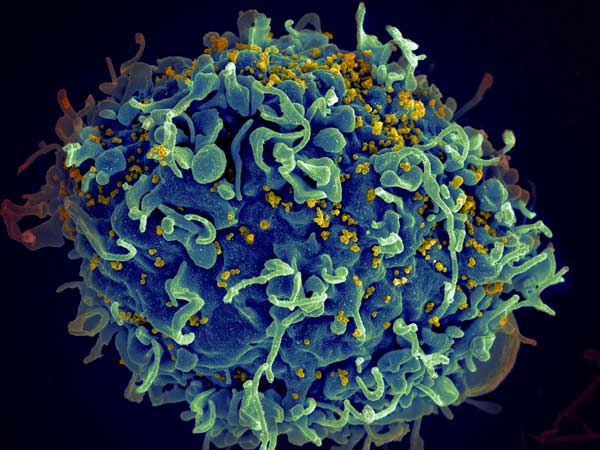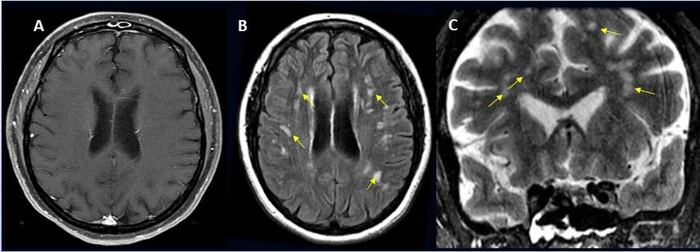Smoking During Pregnancy Can Impact a Subsequent Pregnancy

University of Southampton researchers have found that the link between smoking at the start of pregnancy and having a smaller baby may extend to future pregnancies.
The research team studied data between 2003 and 2018 for nearly 17 000 mothers who received antenatal care for their first two pregnancies.
The findings, published in PLOS One, showed that, compared to non-smokers, women who smoked at the start of their first pregnancy were more likely to have a baby born smaller than expected in their second pregnancy. This held true even where they quit by the start of their second pregnancy.
The link between smoking during a pregnancy and that baby’s birth weight is well established. However, until now there has been limited evidence on the impact of maternal smoking on following pregnancies.
This study found that for women who smoked but did not smoke at the start of either pregnancy, there was no extra risk of a small for gestational age (SGA) baby in the second pregnancy compared to non-smokers. A mother who smoked ten or more cigarettes a day at the start of both of her first two pregnancies had the highest odds of SGA birth.
Study leader Dr Nisreen Alwan, Associate Professor at the University of Southampton, said: “It is important to encourage women to quit smoking before pregnancy and to not resume smoking after the baby is born. Resources that support mothers to quit and maintain smoking cessation are needed.”
First author Elizabeth Taylor said: “Women who smoke between pregnancies can reduce the risk of having a SGA baby by stopping smoking before the start of their next pregnancy. The period between pregnancies is when most mothers have close contact with health and care professionals and may require support to stop smoking.”
It is hoped that these findings and future research will encourage healthcare professionals and commissioners to provide better support to women before and between pregnancies, helping them to quit smoking, leading to better health for both mothers and children.
Source: University of Southampton






